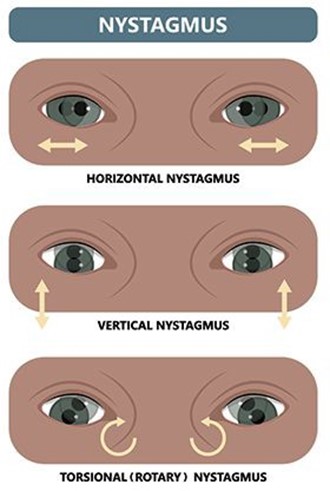The nurse is obtaining a history on a client stating nocturia. When evaluating the client's evening behaviors, which may be the cause of the problem?
The client takes a furosemide with the evening medications.
The client uses the Credé's maneuver when urinating at bedtime.
The client takes 8 oz of water after dinner with her evening medications.
The client urinates for the evening while getting ready for bed.
The Correct Answer is A
The client takes furosemide with the evening medications. Nocturia, or the need to wake up at night to urinate, can be caused by various factors. In this case, the client's medication, furosemide, is a diuretic that can increase urine output and cause nocturia. The other choices do not explain the cause of the client's nocturia.
Nursing Test Bank
Naxlex Comprehensive Predictor Exams
Related Questions
Correct Answer is A
Explanation
Hyperkalemia. Confusion, abdominal cramping, racing heart rate, and numbness of the extremities are symptoms associated with hyperkalemia, a condition where the potassium level in the blood is too high.
Hypocalcemia, choice B, is characterized by muscle spasms, numbness, and tingling around the mouth and fingertips.
Elevated urea levels, choice C, may be associated with decreased urine output, fatigue, and shortness of breath.
Elevated white blood cells, choice D, may indicate an infection.
Correct Answer is ["A","C","D"]
Explanation
Meniere's disease is a disorder of the inner ear characterized by episodes of vertigo, hearing loss, tinnitus, and a feeling of fullness or pressure in the ear. Nystagmus is not a common symptom of Meniere's disease. Nystagmus is a rhythmic oscillation of the eyes and may be present in other conditions such as vestibular disorders, drug toxicity, or brainstem lesions.
Choice B, nystagmus, is incorrect because although nystagmus can occur in other vestibular disorders, it is not a common symptom of Meniere's disease.
Choice E, loss of vision, is incorrect because Meniere's disease affects the inner ear and does not typically cause vision loss.

Whether you are a student looking to ace your exams or a practicing nurse seeking to enhance your expertise , our nursing education contents will empower you with the confidence and competence to make a difference in the lives of patients and become a respected leader in the healthcare field.
Visit Naxlex, invest in your future and unlock endless possibilities with our unparalleled nursing education contents today
Report Wrong Answer on the Current Question
Do you disagree with the answer? If yes, what is your expected answer? Explain.
Kindly be descriptive with the issue you are facing.
